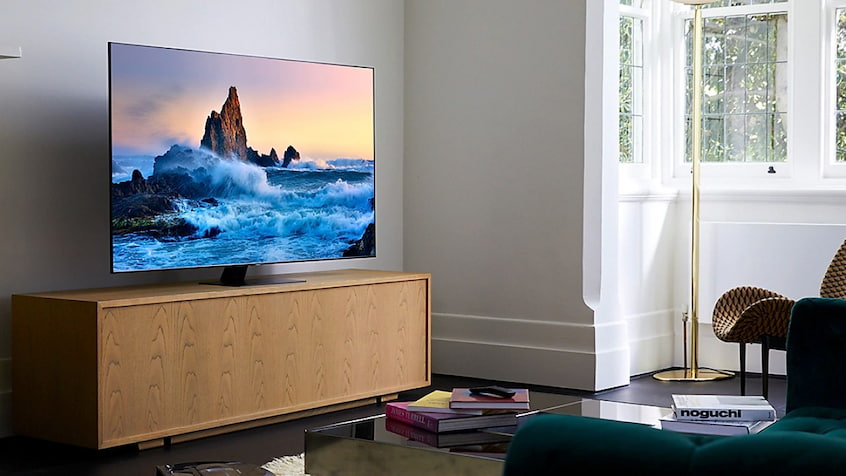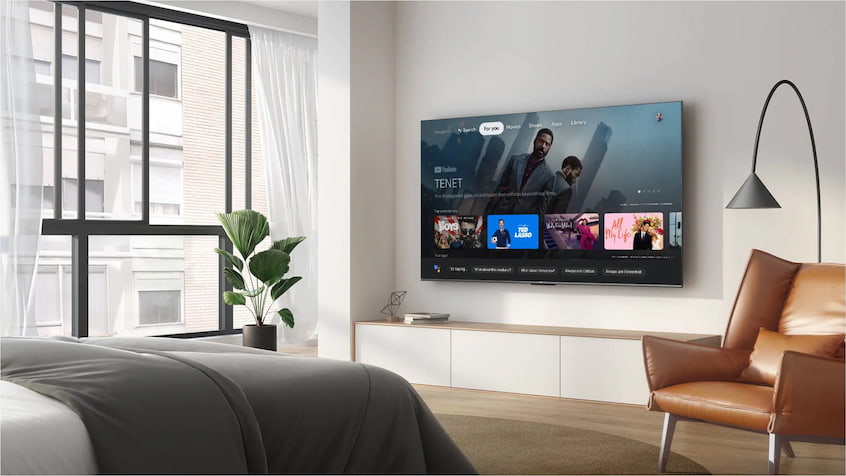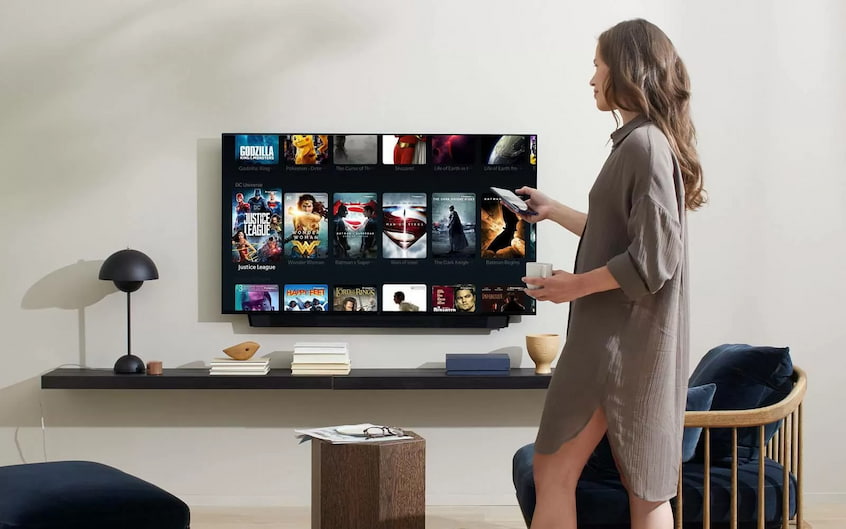
Picture Perfect: 4K TV vs. Ultra HD
The living room is one of the most important rooms in the house, and an entertaining area of this kind won’t be complete or functional without a TV. While some people overlook the addition of a television set because it can be addicting, having one can help you stay up-to-date with everything that’s happening in the country and the world.
But aside from watching the news, you can use it to enjoy your favourite shows, movies, sports events or even for playing video games. In order to improve your entertainment experience, you should buy a quality set that has a great resolution like the Ultra HD and 4K TVs.
Contents
What Does 4k Mean on a TV?
A TV with 4K resolution has 3840 horizontal pixels and 2160 vertical pixels and a total of 8,3 million pixels. The ‘K’ in 4K stands for Kilo (1000) meaning that the TV has a horizontal resolution of almost 4000 pixels.
Compared to full HD sets which have a 1920 x 1080 resolution, a 4k TV has greater pixel density. In other words, a 4k television offers more vivid and detailed picture quality. This difference can be seen with the naked eye, especially on bigger-screen TVs. Manufacturers state that in high-resolution TVs the pixels are way smaller than in lower-resolution sets, so a model that’s 4k will give you an improved experience without restricting your viewing distance.

Nowadays, you can watch different forms of 4K content from broadcasting, Blu-ray players, streaming services and discs to UGC videos that are filmed with a 4K smartphone. There are many channels in the world that broadcast in 4K, and many VoD services like Amazon Prime, Rakuten, Vudu and Netflix offer a wide range of content like 4K movies and TV series.
But even if the movies, series or show you watch aren’t broadcasted in 4K, these new televisions have a 4K upscaling feature. This means that the model has the ability to convert and optimise the image resolution it to fit the 4K display. Automatic upscaling means that the set automatically analyses resolution to reduce noise and to optimise the resolution, contrast and colours.
What Is UHD?
UHD stands for Ultra High Definition and it offers a display resolution of 3740 x 2160 pixels, unlike 4K where the pixels can go up to 4096 x 2160 pixels. If you’re an average viewer, you may not feel the difference between the pixels of UHD and 4K, however, if you’re into technology and have an eye for noticing things of this kind, then you can certainly see the difference between 4K and UHD TV. When comparing both of them, the picture on 4K televisions is clearer and the colours are more vivid.
Understanding the Differences Between Both Resolutions
Upscaling
Well, as you know by now, almost all 4K sets have the ability to automatically upscale the picture resolution and make it more vivid and clear even if it’s of lower resolution. This isn’t the case with UHD since models with this resolution can’t upscale an image. This precise feature make 4K TVs a better option than UHD TVs.
However, if you already have an UHD set and don’t think of investing in a new one anytime soon, you can improve your viewing experience by buying a top-end UHD Blu-ray player, and route the content through it. In other words, you can ‘manually’ upscale the image resolution.

Refresh Rate
The refresh rate is the number of times per second (written in Hz – hertz) a TV refreshes its image. Practice shows that movies are mainly filmed at 24 frames per second or 24 Hz while live TV shows and all streaming content can generally refresh at 30 Hz or 60 Hz. Given the fact, the 4K is a quite new technology, TVs with 4K can refresh at 60 Hz while some higher-end models can even refresh at 120 Hz.
While not all people can see the difference, those of you who understand this can notice it. However, a great number of you can notice the difference, and the refresh rate can be especially noticeable when watching sports or content that has a lot of action and quick movement. A higher refresh rate can certainly improve your experience and video game players know best. So whether buying a 4K or UHD TV, make sure its refresh rate is higher to ensure you’re getting the clearest possible picture.
As you can see, a higher resolution, upscaling and refresh rate can make all the difference in the world in helping you experience smooth and vivid visuals. Before making your purchase make sure to go over similar TV models and compare each and every feature of theirs. This will ensure you make the right choice and improve your experience.

